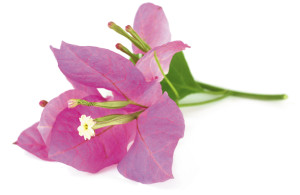Q. If, I don’t use organic seeds, can I still have an organic vegetable garden? How do I know if the seeds I’m buying are organic?
A. The term “organic” has been used (or maybe better said “misused”) for some time. There were no uniform standards for growing crops without synthetic fertilizers and pesticides. In 2002, the USDA addressed this question by establishing the national Organic Program (NOP). The NOP established strict standards for the term “organic” food crops, seeds and farms. The USDA Organic symbol is attached to those that meet the standard. That being said, you can still have an organic garden without using Certified Organic Seeds, as it’s not the critical component when growing healthy homegrown fruits and vegetables. An organic garden starts with healthy soil by adding organic matter in the form of homemade compost, soil amendments and some animal manure. With our clay soils, adding organic matter improves the soil’s texture as well as attracting soil organisms that create nutrients for plants to use. The improved texture increases the drainage so a soil can breathe.
Organic matter is annually replenished in the spring as soils are depleted from the previous year. The use of cover crops can also be included, although they are not as practical with today’s smaller yards. There are lots of recipes for soil amendments available at your favorite garden center. Whichever one you choose, my general rule of thumb is to be generous with the organic matter. If you feed the soil then the soil will feed your plants. It’s really common sense. Organic fertilizers supplement the organic matter with additional nutrients. Today we have lots of choices, so it shouldn’t be difficult to find an organic fertilizer at your favorite garden center. Mulching for weed suppression and moisture conservation should be practiced. There are many non-toxic solutions for insects and fungus problems. It’s the cultural practices—not the seeds—that yield an environmentally friendly and healthy source of homegrown fruits and vegetables.
Q. My Bougainvillea was doing great until the frost when it turned brown. I have yet to see any new growth. What is the chance of it recovering?
A. It is a bit early to tell, so I wouldn’t give up on it as yet. It’s always a bit iffy how well a Bougainvillea survives cold temperatures. The foliage will always turn brown but it is the damage to the stems that is the key. The location in the landscape plays an important part in the recovery. With the cold temperatures we had, I believe those planted close to a heated structure will recover while those out in the open are “toast.” The escaping heat from the structure could have kept the plant warm enough. You should have a pretty good idea by the end of April or Mother’s Day at the latest. Bougainvilleas should never be planted with a long-term horizon. It may over winter for many years but eventually a cold spell gets it.
Buzz Bertolero is Executive Vice President of Navlet’s Garden Centers and a California Certified Nursery Professional. His web address is www.dirtgardener.com and you can send questions by email at dirtgarden@aol.com or to 360 Civic Drive Ste. ‘D’, Pleasant Hill, Calif. 94523 and on Facebook at Facebook.com/Buzz.Bertolero
Leave a Reply